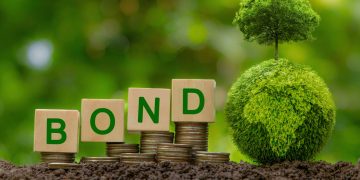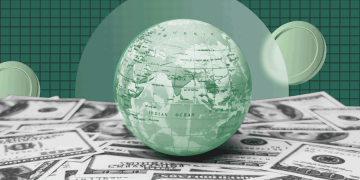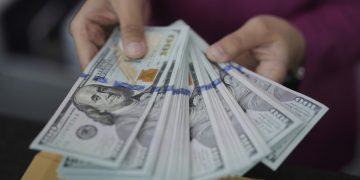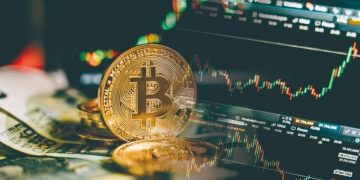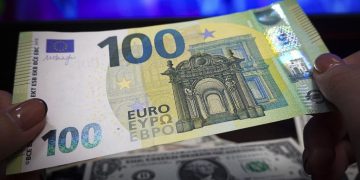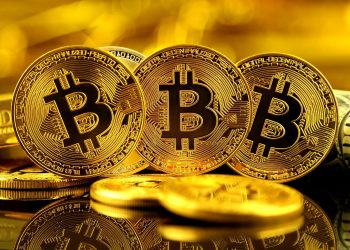Introduction
- Overview of the U.S. Economic Situation: Introduce the state of the U.S. economy, including factors that have driven growth in recent years, such as low interest rates, fiscal stimulus, and the recovery from the COVID-19 pandemic.
- The Role of Interest Rates in Economic Growth: Explain the relationship between interest rates set by the Federal Reserve (Fed) and economic growth. High interest rates generally slow economic activity by making borrowing more expensive, while lower rates tend to stimulate growth.
- Purpose of the Article: This article explores whether the U.S. economy will maintain growth in the face of rising interest rates and examines the consequences of rate hikes on key economic sectors, including consumer spending, business investment, housing, and financial markets.
Section 1: Understanding Interest Rates and the Federal Reserve’s Role
- Interest Rates Explained: Provide a brief explanation of what interest rates are, focusing on the federal funds rate—the key benchmark rate set by the Federal Reserve. Explain how these rates influence the broader economy.
- Short-Term vs. Long-Term Rates: Discuss how short-term interest rates (set by the Fed) affect consumer spending, business investment, and the overall economy, while long-term rates are determined by the bond market.
- Monetary Policy and the Federal Reserve: Outline the role of the Federal Reserve in setting interest rates and how it uses monetary policy to manage inflation and economic growth.
- Inflation Control and Economic Growth: Describe how the Fed raises interest rates to control inflation, a common action when inflation exceeds targets.
- Historical Context of Interest Rate Changes: Discuss previous periods of rising interest rates and their effects on the U.S. economy. Provide examples from the 1980s under Paul Volcker and the early 2000s under Alan Greenspan.
Section 2: The U.S. Economy in 2023-2024
- Current Economic Growth Trends: Discuss the state of the U.S. economy in 2023 and 2024, including GDP growth, employment rates, inflation, and consumer confidence.
- GDP Growth: Analyze recent GDP growth figures and how the economy has been expanding, despite external challenges like supply chain disruptions and geopolitical risks.
- Unemployment and Job Creation: Explain the low unemployment rate, particularly in sectors like tech, healthcare, and professional services, and its impact on consumer spending.
- Inflation: Examine current inflation levels and how rising prices have impacted various sectors, including food, energy, and housing.
- Challenges to Economic Growth: Identify challenges facing the U.S. economy, such as inflationary pressures, global trade tensions, labor market imbalances, and geopolitical instability (e.g., the Russia-Ukraine conflict). Discuss how these factors may exacerbate the effects of rising interest rates.
Section 3: The Impact of Rising Interest Rates on Key Sectors
1. Consumer Spending
- Impact on Borrowing Costs: Analyze how higher interest rates increase borrowing costs for consumers, including mortgages, credit cards, and car loans.
- Mortgage Rates and Housing Market: Discuss the effect of rising mortgage rates on the housing market. With higher rates, mortgage affordability declines, potentially cooling demand for homes and affecting home prices.
- Credit and Debt: Examine how higher rates affect consumers’ ability to finance large purchases, particularly in durable goods sectors like automobiles, appliances, and electronics.
- Disposable Income: Explore how higher interest payments reduce disposable income, leading to lower consumer spending on non-essential goods and services.
2. Business Investment
- Cost of Capital for Businesses: Rising interest rates make it more expensive for businesses to borrow money for expansion, capital expenditures, and R&D. Discuss how this could lead to slower business investment in new projects.
- Impact on Small vs. Large Businesses: Small businesses, which are more reliant on credit, may be disproportionately affected by higher borrowing costs compared to larger corporations with access to capital markets.
- Investment in Technology and Innovation: Consider the potential slowing down of investment in emerging technologies, infrastructure projects, and clean energy sectors as borrowing costs rise.
3. Housing Market
- Decline in Housing Affordability: Analyze how rising mortgage rates can lead to a slowdown in the housing market, reducing home sales and construction activity.
- Impact on Home Prices: Explore whether rising rates will lead to a fall in home prices, particularly in overheated markets like California, New York, and Florida.
- Investor Behavior: Discuss how real estate investors may adjust their strategies in response to higher borrowing costs and the potential for lower property prices.
4. Stock Market and Financial Markets
- Investor Behavior in Rising Rate Environments: Discuss how rising interest rates affect stock prices, particularly for high-growth tech stocks that are more sensitive to changes in the cost of capital.
- Corporate Earnings and Valuations: Higher rates lead to higher discount rates for future cash flows, which in turn can lower stock valuations, especially for companies with substantial growth expectations.
- Bond Market: Explore how rising rates impact bond prices, leading to a potential decline in the value of long-duration bonds and an increase in yields.
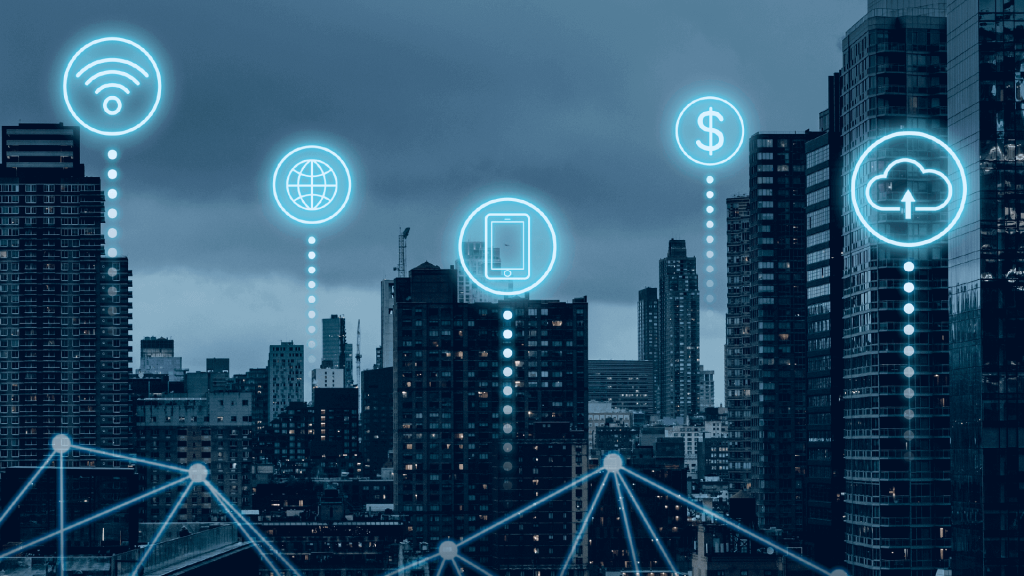
Section 4: The Federal Reserve’s Balancing Act
- The Federal Reserve’s Dual Mandate: Explain the Fed’s dual mandate to promote maximum employment and stable prices (inflation). Discuss how the Fed is balancing these objectives amid rising interest rates.
- Inflation vs. Growth: Analyze the trade-off the Fed faces between controlling inflation and maintaining economic growth. Discuss how aggressive rate hikes may slow economic activity, potentially leading to a recession.
- Forward Guidance and Market Expectations: Explore how the Fed uses forward guidance to influence market expectations about future interest rate hikes, and how this shapes consumer and business behavior.
- Is a Soft Landing Possible?: The concept of a “soft landing” refers to the Fed’s ability to cool down the economy (reduce inflation) without triggering a recession. Analyze whether the Fed’s current rate hikes will achieve this goal.
- Historical Examples of Soft Landings: Provide examples of past soft landings, including how the Fed handled rate hikes in the 1990s and 2010s.
Section 5: Long-Term Implications for Economic Growth
- Structural Challenges to Growth: Even with rising interest rates, there are structural factors that could support long-term growth, such as technological innovation, demographic trends (e.g., aging population), and shifts in global trade patterns.
- Technological Innovation: Advances in artificial intelligence, renewable energy, and automation may continue to drive economic growth despite higher borrowing costs.
- Globalization and Trade: While rising interest rates may slow domestic consumption and investment, the U.S. economy remains deeply integrated into global supply chains and international trade, which could cushion the effects of rate hikes.
- Debt Levels and Fiscal Policy: Discuss the role of national debt in the context of rising interest rates. As interest rates rise, the cost of servicing national debt increases, potentially limiting the government’s ability to respond with fiscal stimulus in times of economic downturn.
- Government Spending and Deficits: Analyze how fiscal policies (e.g., infrastructure spending, stimulus measures) may or may not complement the effects of tighter monetary policy in supporting economic growth.
- Income Inequality and Economic Disparities: Rising interest rates may disproportionately affect lower- and middle-income households, leading to greater economic disparities. Discuss the long-term effects of this income inequality on consumer behavior, social stability, and economic growth.
Section 6: Global Perspectives and Comparisons
- Global Interest Rates and Economic Conditions: Compare the U.S. interest rate environment with that of other major economies, such as the Eurozone, Japan, and China. Discuss how global interest rate movements affect international trade, investment flows, and currency exchange rates.
- Global Impact of U.S. Rate Hikes: As the U.S. is a major global economic power, its interest rate changes have a ripple effect on emerging markets, commodity prices, and international capital flows.
Section 7: Conclusion
- Summary of Key Points: Summarize the potential impacts of rising interest rates on the U.S. economy, including the challenges to consumer spending, business investment, and the housing market.
- Will the U.S. Economy Maintain Growth?: Offer a final assessment of whether the U.S. economy can continue to grow amid rising interest rates. Weigh the likelihood of a “soft landing” versus a potential slowdown or recession.
- The Role of Adaptation: Emphasize that while rising interest rates present challenges, the U.S. economy has historically shown resilience through adaptability in response to shifting monetary policy.
- Final Thoughts: Conclude with a discussion on the importance of strategic fiscal and monetary policies to ensure sustainable growth in the face of rising interest rates, while maintaining an eye on global economic developments.


